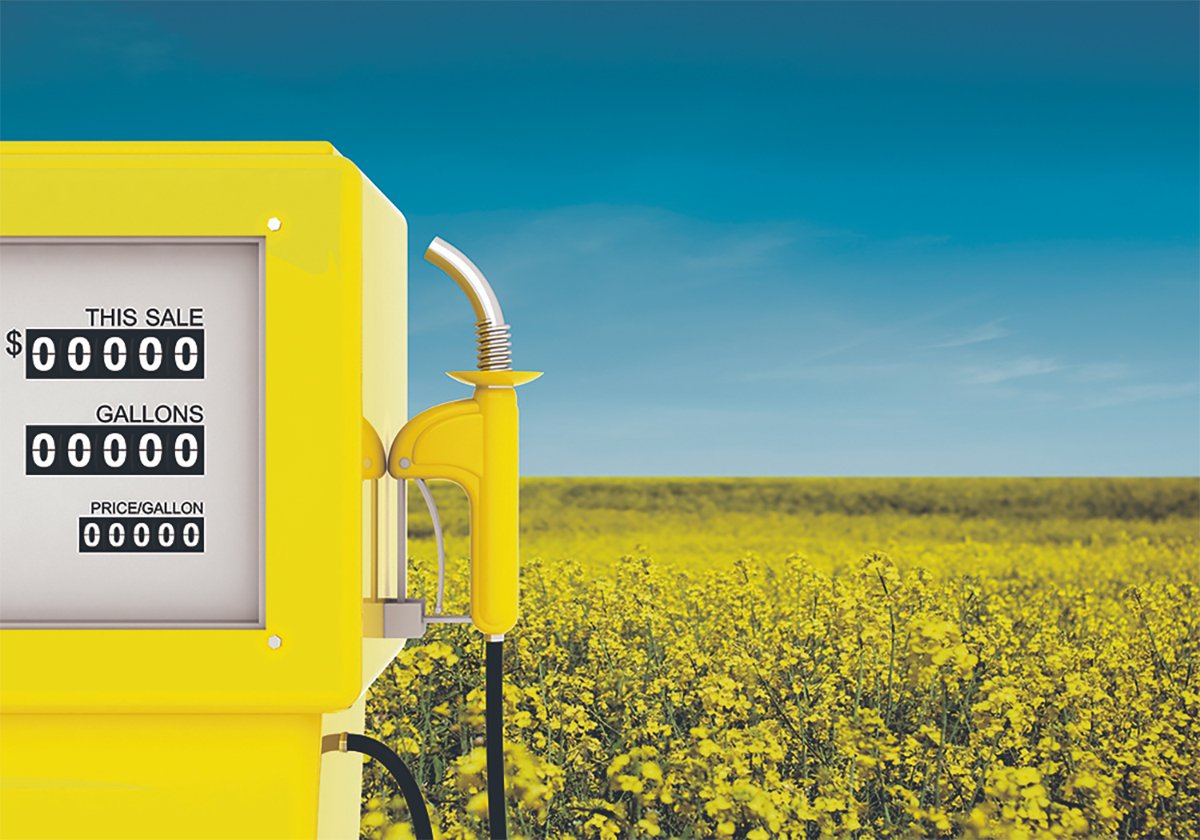Corn-based ethanol produces slightly more energy than it takes to make it, but soybean-based biodiesel produces almost twice as much energy as it consumes, a University of Minnesota study has concluded.
The researchers think it conclusively proves that biodiesel is a major economic success and that corn-based ethanol is OK for now, but should be replaced in future with better feedstocks using different processes.
“I think we’re on a track that will make ethanol a much better fuel because it will be made from other sources in ways that use less fossil fuel and avoid much of (corn’s) environmental impact,” said study co-author David Tilman.
Read Also

Biofuel sector happy with federal budget
Advanced Biofuels Canada says new Biofuel Production Incentive is a lifeline until CFR amendments are in place.
Biodiesel made from soybeans was the clear winner in the comparison of the two biofuels. Corn-based ethanol was found to produce only 25 percent more energy than it took to make the fuel – including the energy costs of manufacturing the farm machinery, fertilizer and farmers’ personal energy consumption. In contrast, soybean-based biodiesel was shown to produce 93 percent more energy than it took to make it.
On the Canadian Prairies, ethanol is generally made from wheat and proposed biodiesel plants intend to use canola.
Tilman said corn ethanol comes out the loser of the comparison both because of the energy-intensive nature of the crop’s production and because of the higher energy demands of ethanol production compared to biodiesel.
Corn must be fertilized more heavily and generally consumes more farm machinery fuel for the same amount of production of soybeans.
Ethanol production involves separating starches from the rest of the grain corn, fermenting the sugars with yeast, distilling the alcohol and removing excess water content.
In contrast, soybeans, which produce most of their own nitrogen fertilizer, have to be crushed, have the oil separated from the meal and have the glycerine removed from the oil.
“That’s a big advantage and really it points the way to how we need to go,” said Tilman.
For years debate has raged over whether corn-based ethanol is a net consumer or producer of energy. Tilman thinks this study proves that ethanol from corn is definitely on the plus side of the energy equation, but that it appears to be one that will probably be left behind by innovation.
“It’s a bit like the Wright brothers’ plane: it didn’t fly very beautifully, but it flew. Ethanol gives back more energy than it takes. It’s a good starting point,” said Tilman.
But biodiesel from soybeans proves that biofuels can produce much more energy than they consume, and other crops may do much better than soybeans as technology is developed.
“It’s very believable that we could make fuels that have several hundred – 200, 300, 400 percent – more energy than we’ve put in in fossil fuel,” said Tilman.
“If we can have a crop that takes less energy to grow than our fuel crops, woody plants, hybrid aspen poplars, switchgrass, prairie grass mixes, it’s believable that we’ll have fuels that we, in essence, don’t put any fossil fuel energy into at all.”
Tilman hopes the debate over whether biofuel is beneficial or not will end with this and other similar studies.
“As of now, all the evidence that we have gathered … says that ethanol is a net energy gain and biodiesel is a major net energy gain,” said Tilman.
“I think we can switch the debate to: how can we do this even better for society?”















